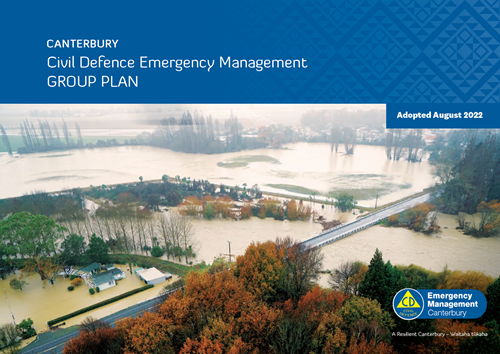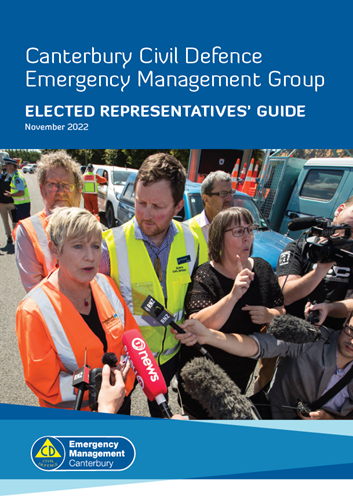Skip to main content
- Ready for anything
- Hazards
- Your district
- Canterbury CDEM
While there are various pieces of legislation relevant to reduce, be ready, respond and recover from disasters, The Civil Defence Emergency Management Act 2002 is the foundational piece of legislation which lays out how the CDEM sector works.
This strategy provides the vision and long-term goals for CDEM sector in New Zealand. This strategy is not just for CDEM. The National Resilience Strategy provides a common agenda for all of us to work towards a more resilient future and there is a role for individuals, NGO’s, iwi, businesses and community groups to play. You can find the whole strategy, useful summaries, translations, easy read versions and audio summaries via the below link:
The National Disaster Resilience Strategy Resources
The National Emergency Management Agency (NEMA) provides national leadership to create an emergency management system that reduces the impact of emergencies. NEMA works with central and local government, iwi, and business to make sure responses to and recoveries from emergencies are effective and integrated. NEMA is an autonomous departmental agency, hosted by the Department of the Prime Minister and Cabinet.
For more information, resources and national updates, visit www.civildefence.govt.nz.
The governance and strategic direction of each Civil Defence Group is overseen by a Joint Committee. In Canterbury, our Joint Committee comprises of the Mayors of each of our member Territorial Authorities.
The Coordinating Executive Group (CEG) is a committee established and maintained under Section 20 of the Civil Defence and Emergency Management Act.
The Canterbury CDEM Group CEG comprises of the following statutory appointments:
In Canterbury, the following additional representatives also sit on the Coordinating Executive Group:
All CDEM Groups throughout New Zealand are required to develop a Group Plan to provide strategic direction on how comprehensive, risk-based emergency management will be implemented across the Canterbury region. See below or search our Resource page to view a copy of our current Canterbury CDEM Group Plan. During 2022 we completed a minor update of the Group Plan that included public consultation and review by the Minister for Emergency Management. It was adopted by the Joint Committee in August 2022, and published in April 2023.

Elected Representatives have an important role to play in each of these phases, in responding to and recovering from an emergency, but also by taking a leadership role to ensure that risk reduction is taken seriously and that our communities and our local authorities have adequately planned for, and are ready for, nature’s extremes.
In preparing for an emergency, it is important for local authorities to consider and plan for the roles of staff and Elected Representatives during both response and recovery. Experience has shown that where their respective roles have not been clearly established prior to an emergency, or where agreed roles are exceeded or disregarded, the coherence of the local authorities’ position is undermined.
This short guide is a ready reference to assist all Elected Representatives to carry out their responsibilities under the CDEM Act. This guide follows comprehensive emergency management through the 4R’s of risk reduction, readiness, response and recovery.

Download the Canterbury CDEM Elected Representatives Guide 2022